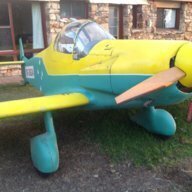-
Posts
6,237 -
Joined
-
Last visited
-
Days Won
55

Old Koreelah replied to RFguy's topic in Engines and Props

Old Koreelah replied to kgwilson's topic in Aircraft General Discussion

Old Koreelah replied to kgwilson's topic in Aircraft General Discussion

Old Koreelah replied to kgwilson's topic in Aircraft General Discussion

Old Koreelah replied to kgwilson's topic in Aircraft General Discussion

Old Koreelah replied to kgwilson's topic in Aircraft General Discussion

Old Koreelah replied to kgwilson's topic in Aircraft General Discussion

Old Koreelah replied to kgwilson's topic in Aircraft General Discussion

